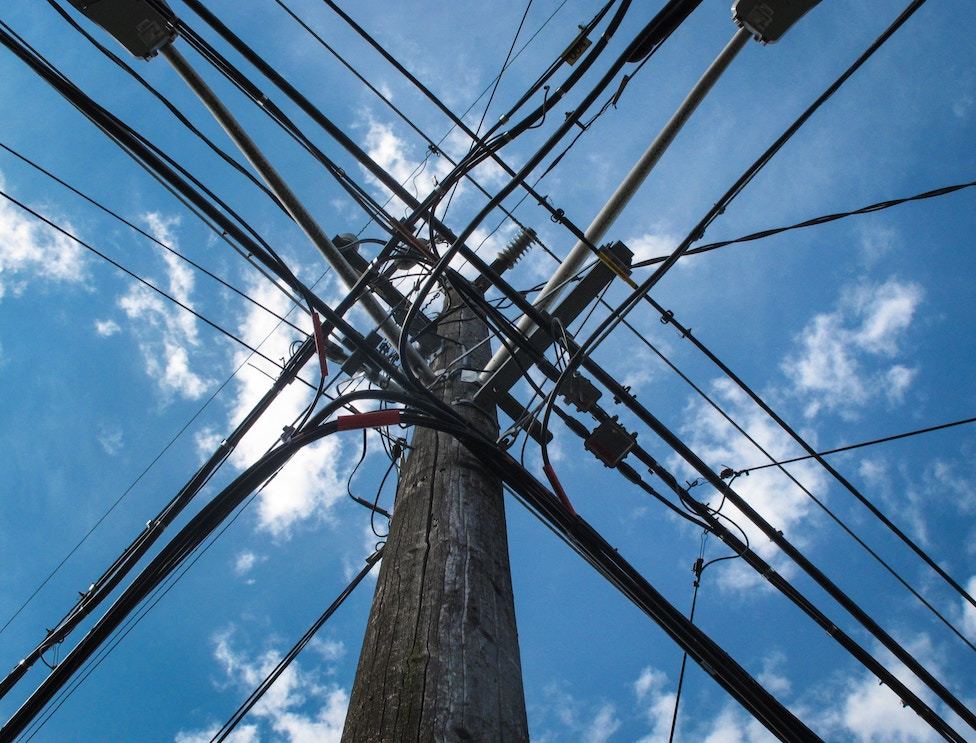Creative Thinking
Lest We Forget: How Memory Works and How to Apply It to Marketing Strategy
By Nicola Brown on November 30, 2017
It's a constant battle for marketers: How do we keep our products and services top of mind for our audiences and consumers? We're continually fighting for what we call "mindshare," but what is it exactly that we're fighting for? Knowing how memory works from a psychological and neurological perspective can help us continue to build effective marketing strategies for reaching, engaging, and sustaining our loyal fan bases.
Read on for a better understanding of what we're actually talking about when we talk about mindshare and how some key functions of our memory can help guide the creative process towards awesome, memorable content.
Image attribution: Ian Dooley
How Memory Works
Scientists hypothesize that information is organized in the brain in associative networks. These neurological structures consist of nodes (concepts) that are linked to other nodes in complex networks of interconnectivity, each piece of information strongly or weakly connected to many other pieces of information. When we think or remember things, it activates whole patterns across the network. These networks are structured in order to best enable us to recall information efficiently to help us respond and act in different situations.
There are three stages of memory: sensory, short-term, and long-term.
Sensory memory lasts for fractions of a second and processing is shallow. This type of sensation could be a fleeting sense of color or smell.
Short-term memory consists of sensory memory that has been transmitted a step further to process meaning. It is also short-lived, lasting under a minute, but can be kept in short-term memory by repetition. There are a finite number of pieces of information that can be stored in short-term memory at any one time.
Long-term memory consists of information that has been rehearsed in short-term memory, transmitted a step further. It is stored for a long time and can be retrieved as needed. The capacity of long-term memory is thought to be limitless.
Our associative networks contain information that has been converted to long-term memory. This is where marketers want their brands to stick, hopefully connected to a large array of positive nodes of related information.
There are several key functions of this multistep memory process that scientists have discovered help us better remember information and make it more likely our brains will convert fleeting short-term to lasting long-term memories.
Magic Number Seven
The magic number seven refers to the limits of our short-term memory. The phrase was first coined by American psychologist George Miller in 1956 when he proposed that most adults can typically only store between five to nine items in their short-term memory. An easy way to see how this works is to think of phone numbers. We never see a phone number in the format 1-2-3-4-5-6-7-8-9-0. You typically see something like 1-234-567-890. Because the latter is "chunked" into four sections as opposed to ten, it's much easier for us to rehearse and remember.
What This Means for Marketers
Don't try to load your campaigns with too much information. Keep the message simple and easily "chunkable." It's better that your audience remembers a few things about your brand rather than struggle to juggle too much information and forget the key messaging. Keeping it simple makes it more likely you'll end up with a space in your audience's long-term memory.
Image attribution: Jerry Kiesewetter
Relevance and Repetition
Most information we take in is forgotten almost immediately. Repetition is the only way we can transfer information from short-term to long-term memory. However, there is a point of diminishing returns beyond which additional repetition will do nothing for memory.
We're also more likely to remember information that is relevant to us or the situation in front of us. Relevant information gets processed at deeper levels.
What This Means for Marketers
Yes, you should be repeating your messaging. Beware of the point of diminishing retention, though. Undoubtedly, it's better not to annoy your audience. After a point, repetition does nothing for memory and can risk harming the positive associations your audience has with your brand. Holding focus groups is a great way to determine this point for your particular product or service.
Then, make sure to target your messaging appropriately and make it relevant to your specific audience. This is why audience research is such an important part of marketing strategy. The same message may be remembered by one group and forgotten by another simply according to how relevant it was for each.
Interference
Interference happens when competing information leads us to forget previously learned information. This can happen within a single message if its complexity challenges our ability to juggle all that information. It can also happen when many similar pieces of information occur at once or in the same place.
What this Means for Marketers
Be aware of the platforms you're using to communicate your messages. You may think a particular platform is the right one because that's where your industry typically advertises and where the biggest chunk of your audience can be found, but when your message is competing with many others in the same space, it's more likely to be forgotten. Sometimes it can be better to go to a smaller channel to better reach a smaller portion of your audience. As always, keep it simple so you don't create interference within your own messaging.
Image attribution: Dina Lydia
Zeigarnik Effect
Studies have found that if a message is incomplete, people will attempt to retain and recall the message for the purposes of completion in the future. This cognitive behavior is a kind of compulsion to finish what you started. Not only is incomplete information better remembered but it's more easily recalled as well.
What this Means for Marketers
Consider leaving your audience hanging with your messaging and creating a continuous compulsion to seek a conclusion. Compelling storytelling often builds in a suspenseful way, keeping us turning the pages until we can solve the mystery. Look at your communications as chapters in a story that each add to the depth of how your brand will be remembered. Leaving your messaging open-ended also allows people to feel as though they have a more active role in your brand storytelling as they come up with their own interpretations.
When we talk about mindshare what we're really saying is we want to occupy space in our audience's long-term memory network. Understanding how and why we encode and store information sheds some scientifically backed light on the kinds of marketing strategies we should be thinking about and tactics we can put to good use each and every time we sit down to brainstorm.
For more insights into the psychological world of marketing, subscribe to the Content Standard newsletter.
Featured image attribution: Alex McIl





